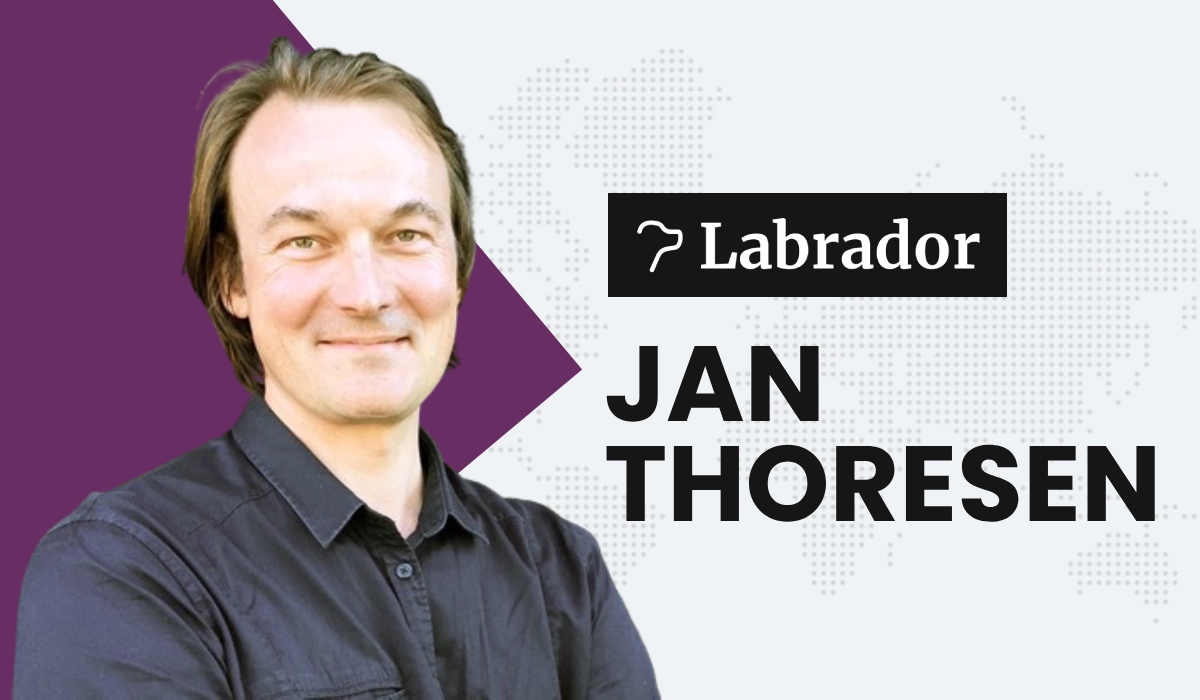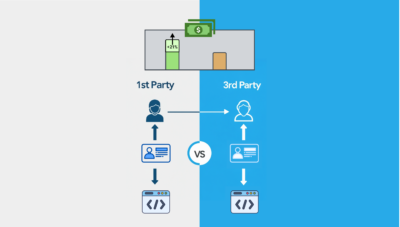Jan Thoresen is a CEO of Labrador CMS – a cloud based Content Management System (CMS) for professional publishers and newsrooms that grow fast.
The landscape of Content Management Systems (CMS) in the realm of digital publishing and newsrooms is rapidly evolving.
The shift toward headless CMS solutions is gaining momentum among publishers seeking greater flexibility and agility – the headless CMS software market was valued at $592.43 million in 2022 and was projected to reach $672.09 million by the end of 2023.
Labrador CMS aims to take it a step further, distinguishing itself by offering an API-driven approach that transcends conventional headless systems. With this in mind, State of Digital Publishing (SODP) sat down with the CEO of Labrador CMS, Jan Thoresen, to discuss what advantages journalists, newsrooms, and publishers in general have when utilizing Labrador CMS – “a tool of modern journalists”.
Why does Labrador’s API approach go beyond a headless CMS, something which is an increasing trend amongst publishers?
Headless traditionally means that you can access all content through APIs and render it the way you want. Labrador CMS fully supports this approach. Publishing platforms have come a long way since headless was a trend ten years ago. That’s why we also provide a complete programmable rendering engine.
This approach solves several problems.
- Firstly, you can suddenly see what you publish. We have a true WYSIWYG approach in the editor.
- Secondly, you save a lot of time and money when you don’t have to build and maintain your own rendering engine. You can, but you don’t have to.
- Thirdly, you can build your own magic in the business layer between content and rendering. This could, for instance, be personalization. Just make your external algorithms do their jobs and tell us what articles you want us to render.
Let’s say we launch a feature for AI Summaries. Or automatic A/B testing of frontpage teasers or automatic coloring based on the color of the image in longreads. If you are running a 100% headless system you will have to build rendering support for this in your frontend. With our setup, these functions will be live in automatic updates of the core. That way you can free up a lot of time for your front-end developers to create new functions that help your publication reach their targets.
As one customer recently told me: “We don’t want to save money. This is not a cost saving project (even though they will). We want to do this to move our development team from operations to development of new features.”
How important is serviceability in the context of CMS for news publishers, and how does Labrador CMS ensure high serviceability?
Labrador CMS is a Software as a Service and the uptime is close to 100%. We have a complex failover architecture with servers spread across datacenters to prevent downtime. We even have off-center backup and run expensive DDoS protection on top of all this. So the system is stable and the cloud architecture ensures endless scalability in terms of traffic, data storage, users and global regions.
Another layer of stability is added through our integrations. In a SaaS setup, the integrations to ads, print, video, newswire, dam systems, epaper, mobile apps or ai models are done through APIs and server-to-server integrations. And they are maintained by us and shared across many customers. So the connectors are super stable as well.
What are the key components of effective technical support and maintenance for a custom CMS in the news publishing sector?
The key is to understand publishing. We all come from the publishing industry and understand what the customer needs. We are not just some software company – we are specialists in online publishing. We have fast support in multiple regions. We train and retrain customers when needed. And we share common Slack channels with the largest customers, helping their developers solve challenges faster.
Can you explain how updates and upgrades are managed in LabradorCMS to ensure minimal disruption to ongoing operations?
Even though we support extensive modifications through our Development Platform, we keep a protected core. That makes it possible for us to upgrade functionality for customers even after they have customized their installation.
We roll out updates to our customers weekly. A detailed rollout process ensures that neither customers or users hardly notice the rollouts. This is the beauty of SaaS.
What are the biggest challenges publishers you are working with face?
They tell us they are struggling with tech spaghetti. We solve that. They also tell us that their editors don’t like to work in the system – our editor is loved by reporters. We also help customers save money and launch new features a lot faster than before. For some publishers we enable their digital transformation by delivering online to print automation.
How do publishers know they are getting the most out of their tech stack?
Keep the tech stack simple and use specialized tools. Use the best paywall, video system and CMS out there. Don’t build it yourself. Half of our customers regret building.
With AI features for better testing, optimization and distribution for better journalism, what can publishers do to use their tech stack for higher journalism standards?
We make sure that our AI tools won’t drain trust in publications. What we do is publish hand-written content pieces. Our automations are used to speed up this process. Not to write empty general sentences. Our use of LLMs should be journalism-centric.
What is on Labrador’s roadmap for 2024? And how will Labrador CMS continue to move forward given the increasing AI integration in the market?
Labrador CMS is already ahead of the AI trend with several built-in features. We will see more of that. We will combine different models from the top global providers of LLMs – use them for their separate strengths. We will improve our A/B test functionalities way beyond what’s possible in a headless setup. We will add liveblog functionality and tighter integrations with paywalls and video. We will add logic and automation to ad placement as well.
In short we will make it easier to increase revenue for the publishers. Or as we put it: we will help you grow faster.
About Jan Thoresen
Jan Thoresen is a CEO of Labrador CMS. Prior to his appointment, he founded the digital innovation and growth arm of Aller Media Group – Aller X – as well as the largest EV site in The Nordics, Elbil24.






